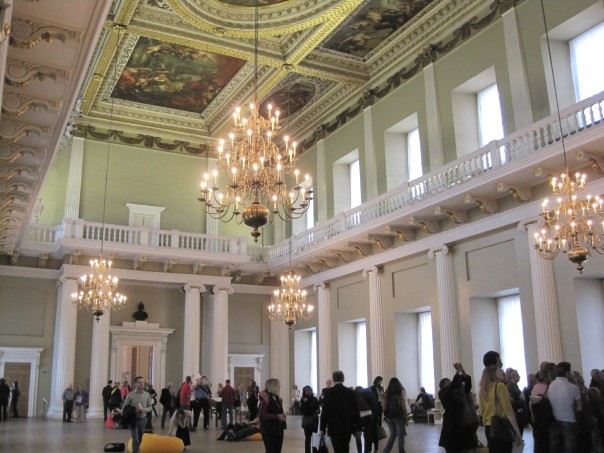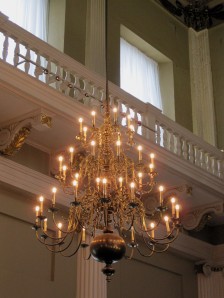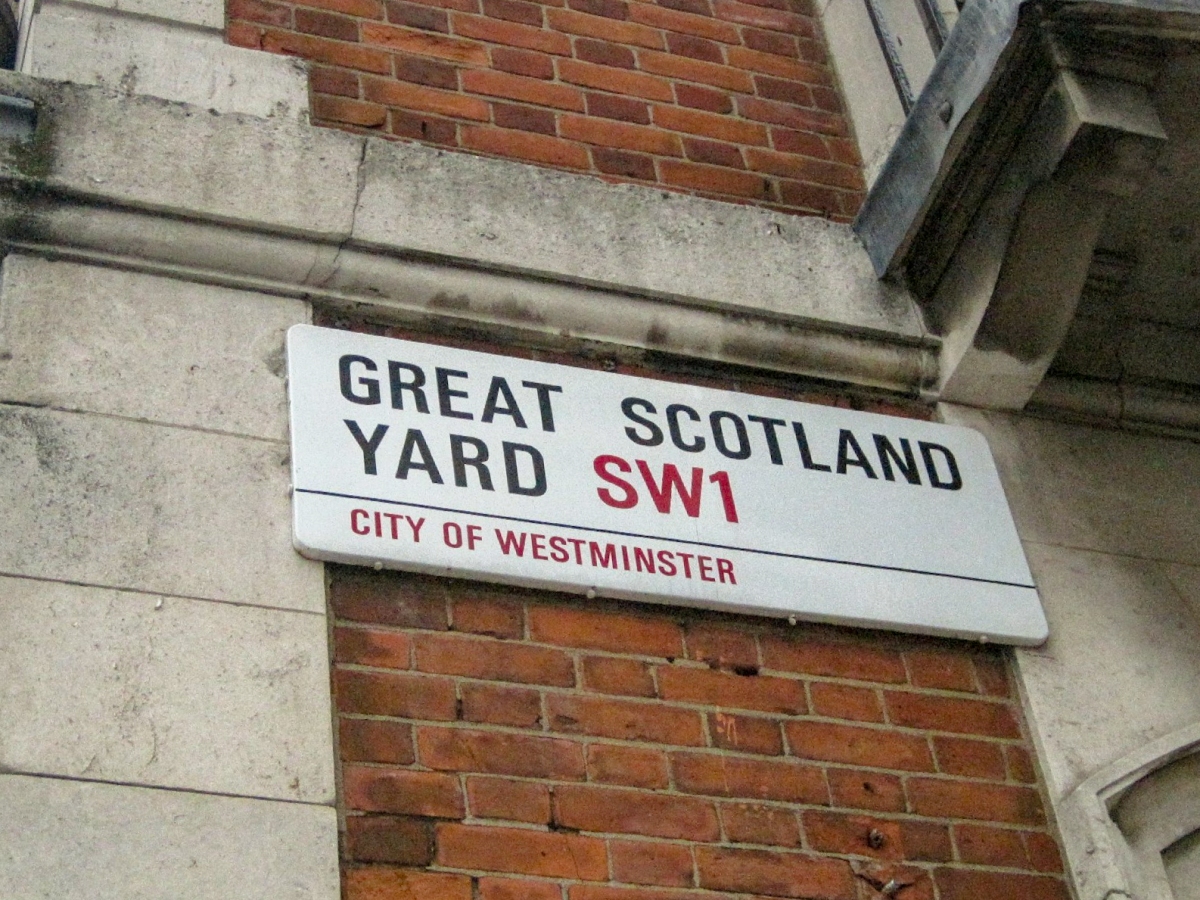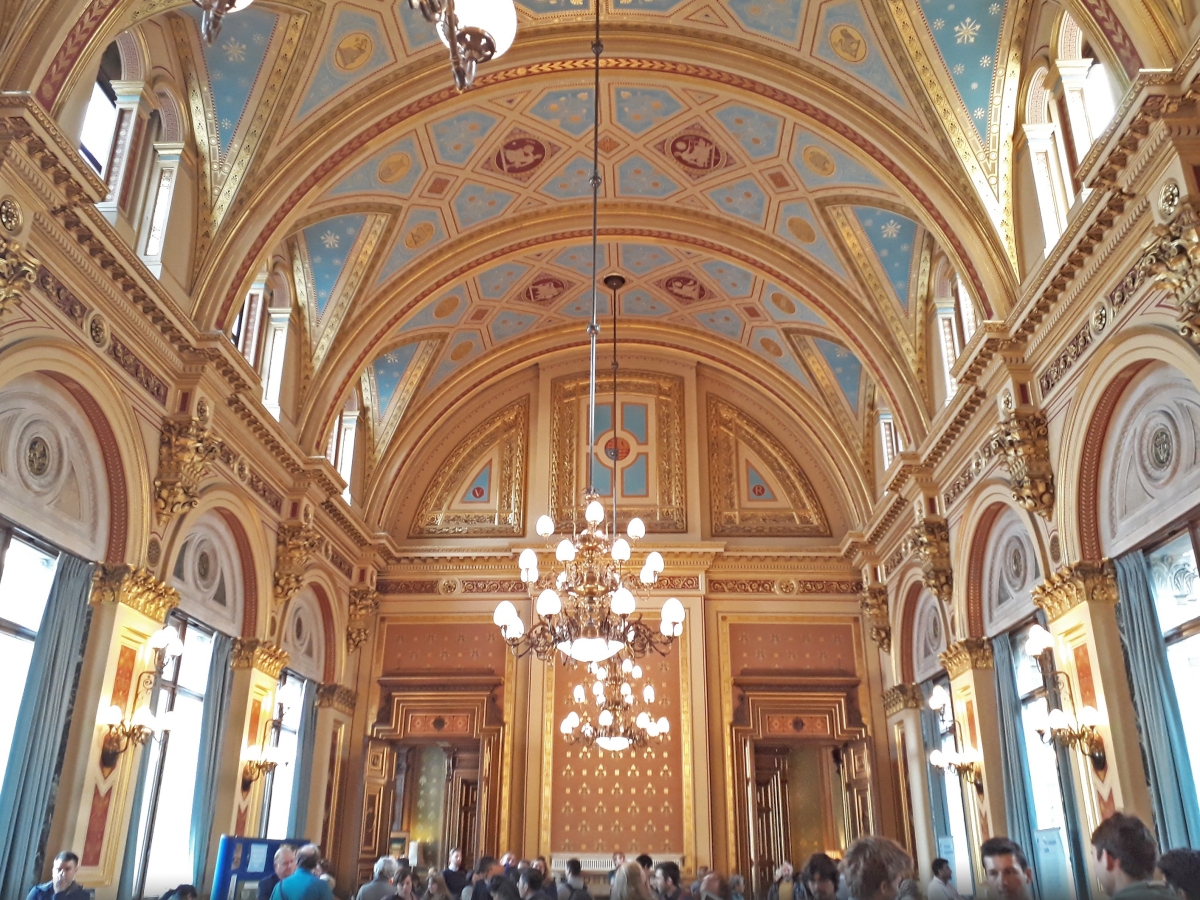Neo-classicism, masques and an execution site | The history and beauty of Banqueting House
Gaze at Ruben’s stunning ceiling at a 17th century survivor of the old Palace of Whitehall

Inigo Jones’s Banqueting Hall and Ruben’s canvasses are accessible to the public

The Southern End of Rubens’s ceiling depicts the ‘Peaceful Reign of James I’

The chandeliers are now lit by electricity rather than candles
Like many Londoners, I have walked or rode a bus past Banqueting House more times than I could count. I must confess I didn’t know much about it until I decided to visit during Open House London and was totally stunned by the beauty and history of the building. However, unlike many of the buildings open during the September weekend, Banqueting House is open to the public all year round (the only difference was Open House was free). Located halfway down Whitehall, at the junction with Horse Guards Avenue, it is just across the road from Horse Guards Parade.
Banqueting House is the only surviving building of the old Palace of Whitehall, which was mostly destroyed by fire in the late 17th century. A previous banqueting house on the same site was destroyed by a fire (yes, another one) in January 1619 when over-zealous workmen cleaning up after a New Year’s celebration decided to burn the rubbish inside the building (not exactly the most worldly of men I would say…). King James I of England (1566-1625) immediately ordered it to be rebuilt and commissioned architect Inigo Jones (1573-1652) to design one. Jones had spent a lot of time studying the architecture of Italy and was a leading figure bringing the fashion for neo-classicism to London. His designs helped architecture move away from the largely timber-framed and Jacobean English Renaissance style in favour of simpler designs influenced by the classical world. The building was eventually finished in 1622 at a cost of £15,618 – a considerably large sum in Stuart England.

Takes your breath away: This is the splendour which awaits when you enter through the main door
The building comprises of three floors – of which two are accessible on your visit. The ground floor was for store rooms and cellars, while the first floor and second floor encompassed the actual Banqueting Hall – with a gallery on the second floor where the less fortunate would watch the king and his chums having a raucous good time at their banquets, masques and royal receptions. Although built by King James I, it was really his son Charles I (1600-1649) who transformed the space into what we see today thanks to his commission of Flemish painter Peter Paul Rubens (1577-1640) to create the ceiling canvasses around 1629-1630. The canvasses were painted by Rubens at his studio in Antwerp and were unveiled at Banqueting House in March 1636. Today, his canvasses remain the only of his ceiling paintings still in-situ. The central image is The Apotheosis of James I, which celebrates the Stuart belief of kings as an absolute monarchy and their God-like status. The two other main canvasses show the Union of the Crowns (England and Scotland) and Peaceful Reign of James I.
For two decades, the Banqueting Hall played host to many celebrations under Rubens’ masterpiece. However, as we all know, the fun all stopped during the English civil war and subsequent revolution, when Oliver Cromwell took charge. King Charles I was executed on a temporary wooden scaffolding outside the windows of his beloved Banqueting House, the scene of many happy evenings in his past. His last words on 30 January 1649 were ‘I go from a corruptible to an incorruptible Crown, where no disturbance can be’.
Following the restoration, the Banqueting Hall was again used for royal parties, but this began to decline in the late 17th century. Throughout the 18th century, it was mostly used as a chapel to replace the Tudor one destroyed in the Palace of Whitehall fire in 1698. Throughout the 19th century, the building was being used as a place for entertainment once more as it hosted concerts, before being given as a museum to the Royal United Services Institute (RUSI) by Queen Victoria in 1893. It is now a Grade I-listed building and managed by the Historic Royal Palaces charity so the public can visit this important piece of history and architecture.
- Banqueting House, Whitehall, SW1A 2ER. Nearest stations: Westminster, Charing Cross or Embankment. For more information, visit the Banqueting House website.

Centrepiece: The Apotheosis of James I

The grand façade of Banqueting House – where Charles I met his maker outside
For more of Metro Girl’s history blog posts, click here.
Posted on 9 Oct 2013, in Architecture, History, London, Tourist Attractions and tagged 17th century, Inigo Jones, Jacobean, King Charles I, King James I of England, Westminster. Bookmark the permalink. 15 Comments.



Pingback: Great Scotland Yard history: From a London base for Scottish kings to the Met Police’s HQ | Memoirs Of A Metro Girl